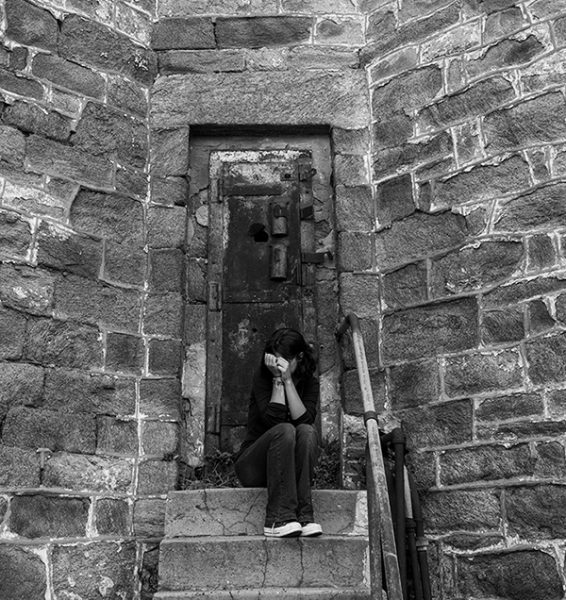Historic Falcon Heavy Test Flight
February 7, 2018
Tuesday, February 6th, 2018, marked the first flight of SpaceX’s Falcon Heavy rocket. Composed of three Falcon 9 rockets and equipped with 27 engines, the Heavy lifted off in a fiery plume from the Kennedy Space Center launch pad that was used by many of the Apollo missions to the moon. The Falcon Heavy, in fact, is the most powerful rocket since the Saturn V used in those missions, capable of propelling almost sixty-four metric tons into orbit according to spacex.com, and at a reduced cost. This time, however, NASA had no direct involvement.
A new era in spaceflight has begun. The future of interplanetary travel, to our Moon, Mars, and beyond will require subsequent launches like this one, and at present, the heavy lifting of spaceflight belongs to private companies like SpaceX. Data gleaned from this launch will help SpaceX’s founder, Elon Musk, realize his dreams of putting people on Mars within the next decade or so. Meanwhile, Musk’s own red Roadster sports car, the payload of the Falcon Heavy, will achieve a Mars orbit around the Sun for almost a billion years, if all goes well. Accompanying the Tesla vehicle on this journey is a mannequin dressed in a SpaceX spacesuit (“Starman”) and a plaque with the names of around six thousand SpaceX employees, as well as data stored to preserve human ideas long after the Earth.

The three boosters returned to Earth, the side boosters to Cape Canaveral and the central booster to an automated ship in the ocean, where it failed to land properly and crashed at about 300mph according to Musk. Reusable boosters are an innovative technology that SpaceX has had issues with and has been working to perfect for several years, especially considering their pertinence in Mars missions where astronauts intend to return home. As the details of this are studied more closely, SpaceX will work to correct the problem.
The companies and communities involved with spaceflight await future launches where the Falcon Heavy will deliver real payloads and further the goals and hopes of exploration.

Sources and Further Reading
http://www.spacex.com/falcon-heavy
https://www.nytimes.com/2018/02/06/science/falcon-heavy-spacex-launch.html
https://www.space.com/39604-spacex-falcon-heavy-rocket-test-flight-webcast.html
Edits Made
Information regarding the failed landing of the central booster was released on February 7th, 2018.









